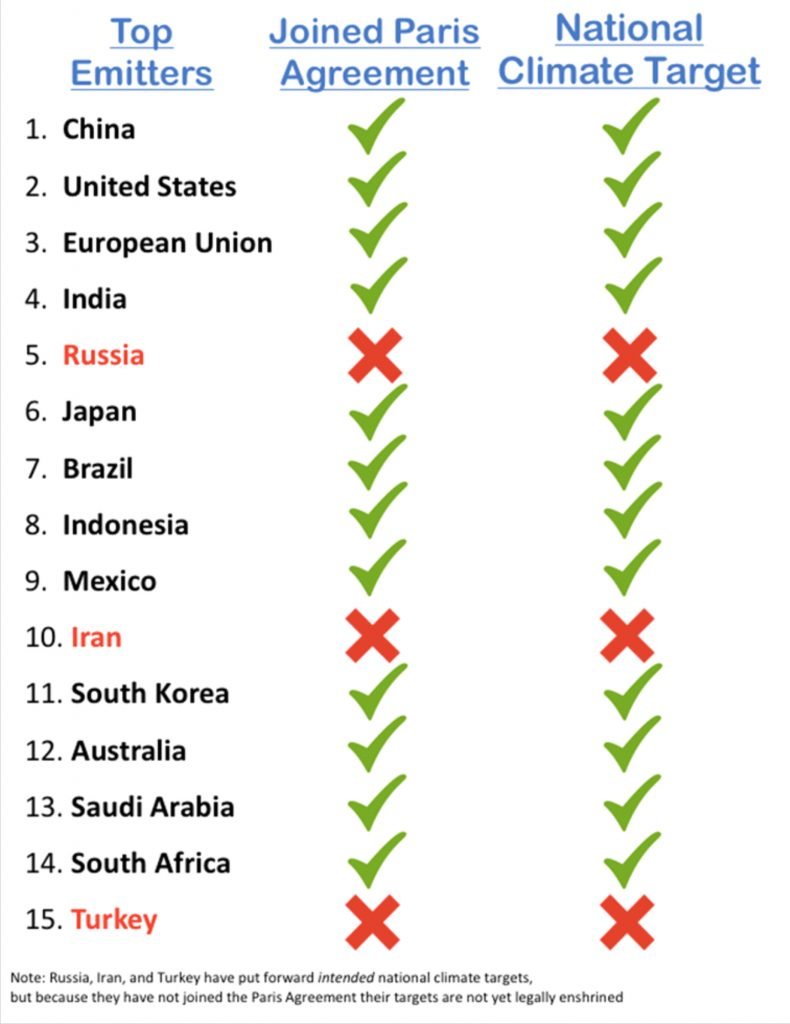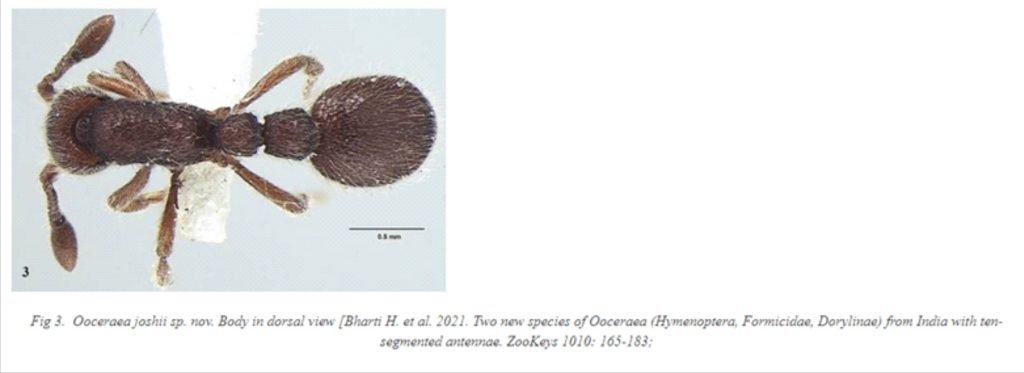Sunderbans
IN NEWS:
- According to a recent publication (Birds of the Sundarban Biosphere Reserve) of the Zoological Survey of India (ZSI), the Indian Sunderbans, which is part of the largest mangrove forest in the world, is home to 428 species of birds.
ABOUT:
- The Indian Sunderbans, which covers 4,200 sq. km, also includes the Sunderban Tiger Reserve— home to about 96 royal Bengal tigers (as per the last census in 2020). It is a world heritage site and a Ramsar site (a wetland site designated to be of international importance).
- 428 birds listed like the masked finfoot and the Buffy fish owl.
- The area is home to nine out of 12 species of kingfishers as well rare species such as the Goliath heron and the spoon-billed sandpiper.
- India has over 1,300 species of birds and if 428 species of birds are from the Sunderbans, it means that one in every three birds in the country is found in the unique ecosystem.
- Sunderbans are the most diverse of natural landscapes and accounts for 60% of all mangrove forests in the country.
- The mudflats exposed in the low tides, rich in microorganism deposited during tidal activity, are ideal feeding for migratory birds.
- The mudflats and wetlands of the Sunderbans act as a stopover site for migratory flight south [southwards] and back.
PUBLICATION:
- The publication not only documents the avifauna of the Sunderbans, but also serves as a comprehensive photographic field guide, with detailed distribution and locality data for all the species from the region.
- The book, with photographs of the males and females of various species, is aimed to kindle interest and spread knowledge about birds among people from all walks of life — from forest staff to tourists to amateur birdwatchers.
Paris climate agreement
IN NEWS:
- New President of the United States signed an order to restore America’s participation in the United Nations Paris Agreement on climate change.
ABOUT:
- This decision will take effect on 19 February 2021. In 2001, the U.S., under George W. Bush, had pulled out of the previous pact, the Kyoto Protocol.
- Joining the Paris Agreement meant that the U.S. is now bound by its national pledge made under the pact: to achieve an economy-wide reduction of its GHG emissions by 26%-28% below the 2005 level in 2025.
- Earlier, with the withdrawal from the Paris Agreement, America also stopped its contribution to the UN’s Green Climate Fund, to which it had pledged $3 billion, after transferring an estimated $1 billion.
- US has promised an “enforcement mechanism to achieve net-zero emissions no later than 2050”, including a target no later than the end of his term in 2025, aided by a planned federal investment that will total $1.7 trillion over ten years, besides private investments.
- The plan revolves around 10 million well-paying clean energy jobs with a focus on solar and wind power.
- This year’s UN climate conference in Glasgow will see the new administration engaging UNFCCC member-nations to raise global ambition.

Smart Anti Airfield Weapon
IN NEWS:
- DRDO successfully conducted captive and release trial of indigenously developed Smart Anti-Airfield Weapon (SAAW) from Hawk-I-Mk132 of Hindustan Aeronautics Limited (HAL) off the Odisha coast.
ABOUT:
- This was the 9th successful mission of SAAW conducted by DRDO till now.
- It was a text book launch, which met all mission objectives.
- SAAW is indigenously designed and developed by DRDO’s Research Centre Imarat (RCI) Hyderabad.
- This is 125 Kg class smart weapon, capable of engaging ground enemy airfield assets such as radars, bunkers, taxi tracks, and runways etc. up to a range of 100 kms.
- The high precision guided bomb is light weight as compared to weapon system of the same class. The weapon was earlier successfully test fired from Jaguar aircraft.

Exercise Kavach
IN NEWS:
- A large scale Joint Military exercise ‘Exercise Kavach’ involving assets of Indian Army, Indian Navy, Indian Air Force and Indian Coast Guard will be conducted in January 2021 under the aegis of the Andaman and Nicobar Command (ANC), the only Joint Forces Command of the country.
ABOUT:
- The exercise involves synergised application of maritime surveillance assets, coordinated air and maritime strikes, air defence, submarine and landing operations.
- Concurrently Joint Intelligence Surveillance and Reconnaissance (ISR) exercise involving various technical, electronic and human intelligence from three services will be conducted.
- The ISR exercise will validate the capabilities of intelligence gathering from space, air, land and sea-based assets/ sensors, its analysis and sharing to achieve battle field transparency for quick decision making at different stages of operations.
- The joint force would execute multi domain, high intensity offensive and defensive manoeuvres in the Andaman Sea and Bay of Bengal and carry out amphibious landing operations, air landed operation, helicopters-borne insertion of Special Forces from sea culminating in tactical follow-on operations on land.
- The tri-services exercise aims to fine tune joint war-fighting capabilities and SOPs towards enhancing operational synergy.
Covid deepened inequalities
IN NEWS:
- A new report titled ‘The Inequality Virus’, by Oxfam has found that the Covid pandemic deeply increased existing inequalities in India and around the world.
- Oxfam India’s findings are part of the Oxfam International report released on the opening day of the World Economic Forum’s “Davos Dialogues”.
WEALTH INEQUALITY:
- Pandemic forced millions of poor Indians out of jobs, the richest billionaires in India increased their wealth by 35 per cent.
- The wealth of Indian billionaires increased by 35 per cent during the lockdown and by 90 per cent since 2009 to $422.9 billion ranking India sixth in the world after US, China, Germany, Russia and France.
- In fact, the increase in wealth of the top 11 billionaires of India during the pandemic could sustain the NREGS scheme for 10 years or the health ministry for 10 years.
JOB OPPORTUNITIES:
- Sectorally, India’s large informal workforce was the worst hit as it made up 75 per cent of the 122 million jobs lost.
- Informal workers had relatively fewer opportunities to work from home and suffered more job loss compared to the formal sector.
- The 40-50 million seasonal migrant workers, typically engaged working in construction sites, factories etc. were particularly distressed.
EDUCATION AND HEALTH INEQUALITIES:
- Over the past year as education shifted online, India saw the digital divide worsening inequalities.
- On the one hand, private providers experienced exponential growth yet, on the other, just 3 per cent of the poorest 20 per cent of Indian households had access to a computer and just 9 per cent had access to the internet.
- In terms of healthcare, Oxfam found that since India does not report case data desegregated by socio-economic or social categories, it is difficult to gauge the distribution of the disease amongst various communities.
- But India currently has the world’s second-largest cumulative number of COVID-19 positive cases and globally, the poor, marginalised and vulnerable communities have higher rates of COVID-19 prevalence.
SANITATION FACILITIES:
- The spread of disease was swift among poor communities, often living in crammed areas with poor sanitation and using shared common facilities such as toilets and water points.
- In this regard, only 6 per cent of the poorest 20 per cent households had access to non-shared sources of improved sanitation, compared to 93 per cent of the top 20 per cent households in India.
- In terms of caste, just 37.2 per cent of SC households and 25.9 per cent of ST households had access to non-shared sanitation facilities, compared to 65.7 per cent for the general population.
GENDER DISPARITIES:
- The unemployment rate among women rose from already high 15 per cent before Covid to 18 per cent.
- This increase in unemployment of women can result in a loss to India’s GDP of about 8 per cent or $218 billion. Of the women who retained their jobs, as many 83% were subjected to a cut in income.
- Beyond income and job losses, poorer women also suffered healthwise because of the disruption in regular health services and Anganwadi centres.
- The pandemic also fueled domestic violence against women. As of November 30, 2020, cases of domestic violence rose by almost 60% over the past 12 months.
CONCLUSION:
- There is an urgent need for policymakers to tax the wealthy individuals and rich corporates and use that money to “invest in free quality public services and social protection to support everyone, from cradle to grave”.
- Reducing inequalities is very important but it should be a medium-term target. Between growth and distribution, one must get the sequencing right.
- There is a need to grow first before distribution. Otherwise, India will get stuck in a low-income equilibrium.

New ant species
IN NEWS:
Two new species of a rare ant genus have been discovered in India. The species of the ant genus Ooceraea found in Kerala, and Tamil Nadu differ from others of the same genus on the basis of the number of antennal segments.
ABOUT:
- One of them found in the Periyar Tiger Reserve of Kerala, has been named Ooceraeajoshii.
- New species are typically named after some distinguishing attribute or location but are often named after scientists as a means of honouring their research contributions to biology, especially in the fields of evolutionary and organismal biology, ecology or systematics.
- The two new species, the first ones spotted with ten-segmented antennae among this rare genus, were
- The genus is currently represented by 14 species of which eight possess nine-segmented antennae, while five possess eleven- segmented antennae and one species has recently been reported with eight-segmented antennae.
- In India, the genus was so far represented by two species with nine- and eleven-segmented antennae respectively.
- The newly discovered ant species with ten segmented antennae discovered, establish an old world lineage that contains a species emerging as the only model organism among the ant subfamily.


